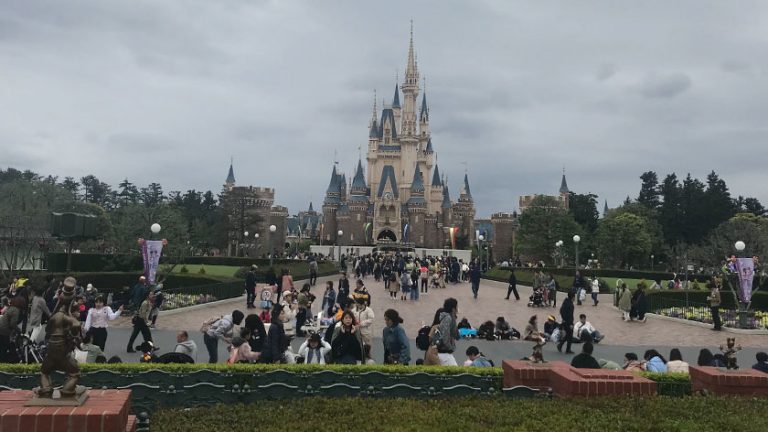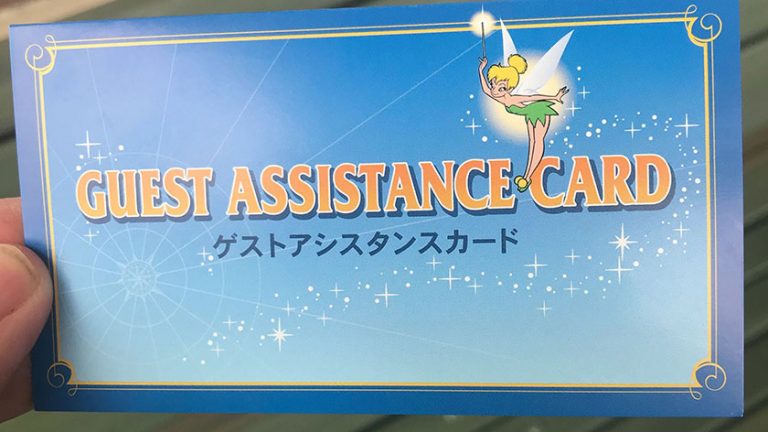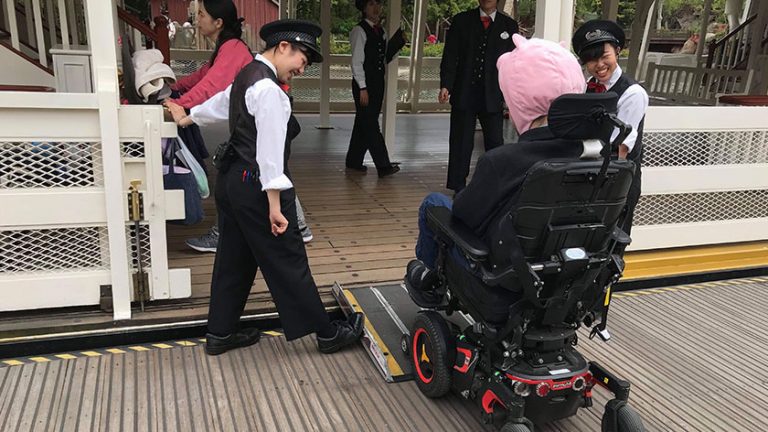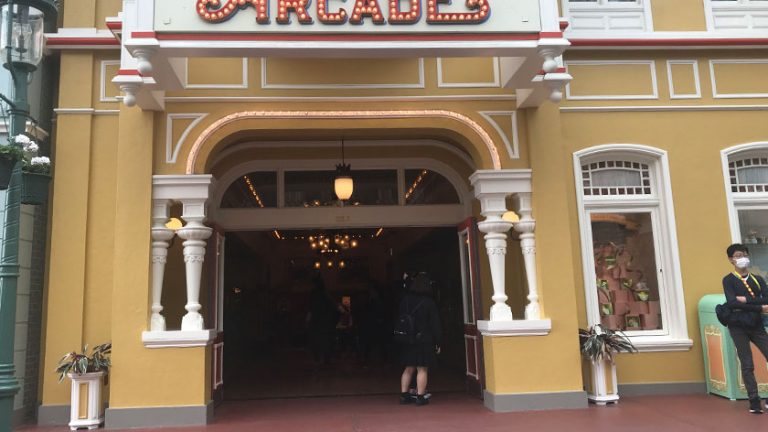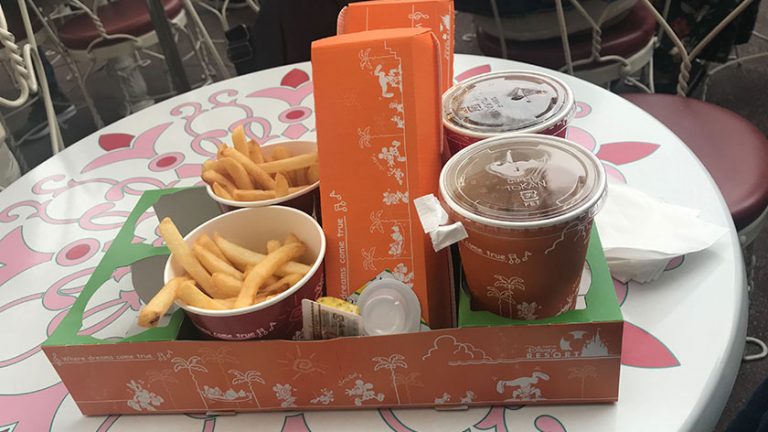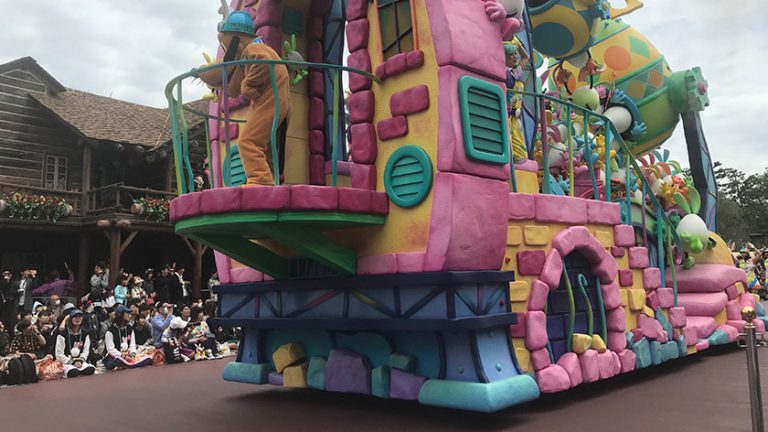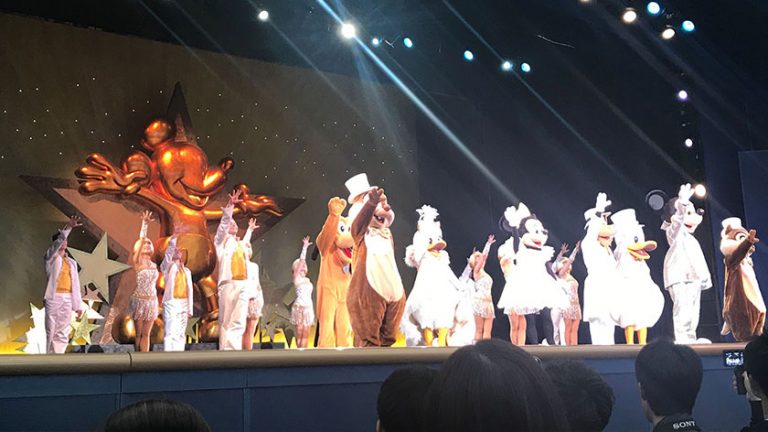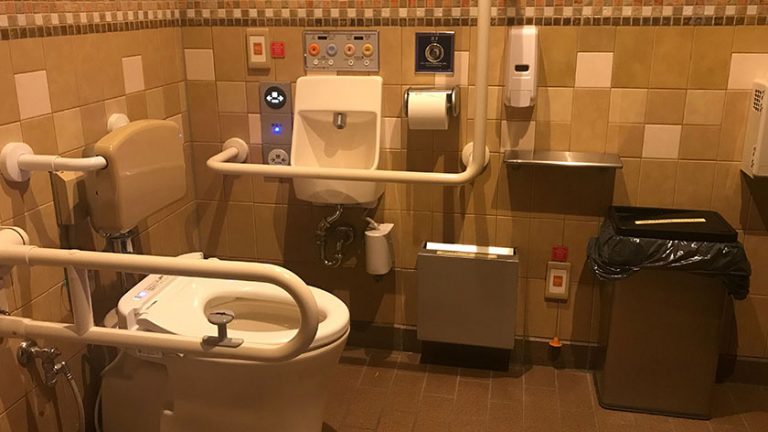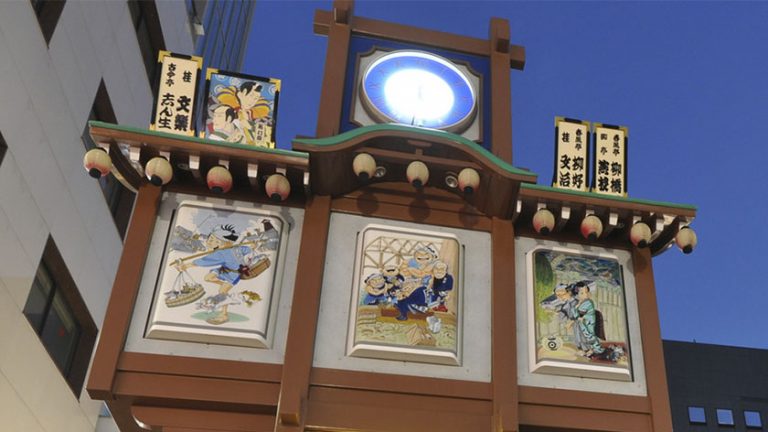
Tokyo Disneyland is located just outside of Tokyo and offers fun for the whole family. While much of the theme park is accessible, some rides are not.
Background Information
Opened in 1983, Tokyo Disneyland was the first Disney theme park built outside of the United States. Tokyo Disneyland – and Tokyo Disney Sea – are the only Disney-based theme parks not owned (in whole or part) by the Walt Disney Company, but instead are run by The Oriental Land Company with full creative control by Disney.
The park has several main-stay themed areas including: World Bazaar, Adventureland, Westernland, Fantasyland, Tomorrowland, Critter Country and Mickey’s Toontown. Despite being in the greater Tokyo area, the park has many wide open spaces.
Tokyo Disneyland is the third most visited theme park in the world (following the Magic Kingdom at Walt Disney World Resort and Disneyland Park at the Disneyland Resort), with over 16 million visitors per year.
Tickets start around 7,400 yen but come in different types of passes and can be purchased online, at convenience stores, or at the gates. The park is open year-round and is particularly busy on weekends, national holidays and school holidays.
Getting There
Tokyo Disneyland is a five minute walk from JR Maihama Station and right next to Tokyo Disneyland Station along the Disney Resort Monorail. Both stations are accessible.
Accessibility
General Accessibility
Tokyo Disneyland offers accommodations to individuals with visual, hearing, and mobility impairments as well as those with dietary restrictions and developmental disorders. The park also welcomes services animals and does its best to support people with other kinds of conditions. To secure assistance from park employees, guests are encouraged to apply for a “Guest Assistance Card” upon arriving at the park. While most applications are successful, it is important to note that the park may refuse any applications from guests without a Japanese disability passbook. Guests can find additional information about Tokyo Disneyland’s accessibility on the park’s official website. They can also request information about park accessibility by using a web inquiry form.
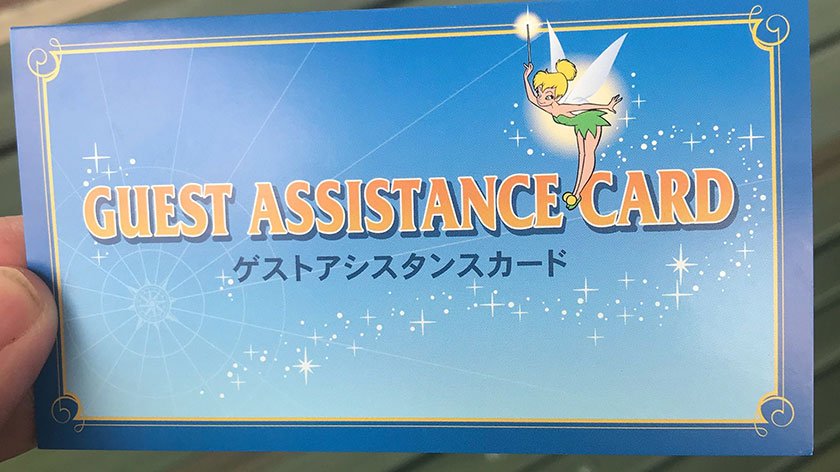
Barrier-Free Environment
Tokyo Disneyland is relatively barrier-free. While some areas of the park feature dirt roads and cobblestone pathways that may inconvenience individuals with mobility impairments, those areas can be navigated via alternative routes. The park also boasts many accessible bathrooms and the majority of its attractions can be reached without the use of stairs. Benches and rest areas are strewn throughout the park, as are drinking fountains, food vendors, and storage lockers. Braille and sign languages services are available throughout the park, but only to individuals familiar with their Japanese versions. Guests should also be advised that many of the park’s attractions feature shifts in lighting, sound, heat, and humidity. For additional information, see the park’s website.

Assistive Technologies
Tokyo Disneyland allows its guests to bring their own mobility devices into the park. However, guests are required to transfer to park-issued wheelchairs if they want to board the rides. Park issued wheelchairs come in three varieties: manual, motor-assisted, and electric. They can be rented from a station outside the park or borrowed on a ride-by-ride basis inside the park proper. Importantly, Tokyo Disneyland does not always assist guests who need help transferring to and from park-issued chairs. The park also reserves the right to refuse guests entry to any attraction if they believe that a guests’ safety is at risk. All of the park’s gift shops and accessory stores feature ramps and wide doorways, making them accessible by the vast majority of mobility devices.
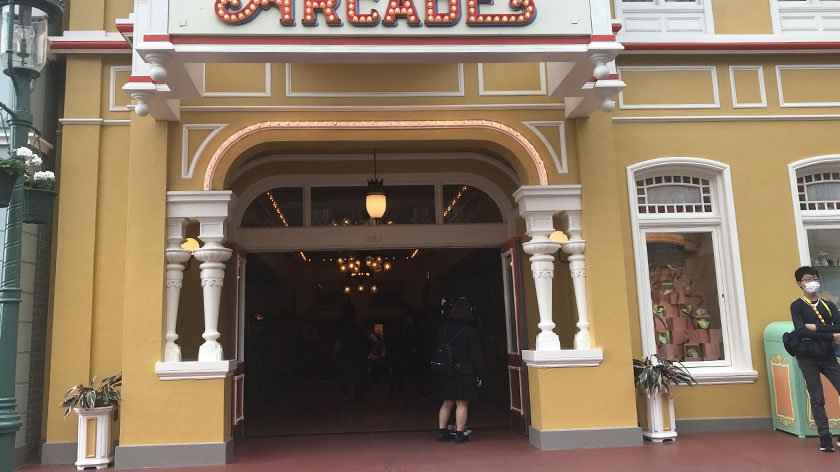
Rides and Attractions
The park has many rides and attractions with varying levels of accessibility. Some parades and shows are accessible to nearly everyone regardless as to their physical or cognitive status, while others are all but closed off to persons with disabilities. Guests are encouraged to view the regulations relevant to each ride ahead of time on Tokyo Disneyland’s website. Importantly, the information on that website is subject to change and may not necessarily reflect realities within the park. For several examples, see our five-article miniseries about Tokyo Disneyland: “Disabled at Disneyland: Best Practices for Barrier-Removal.”
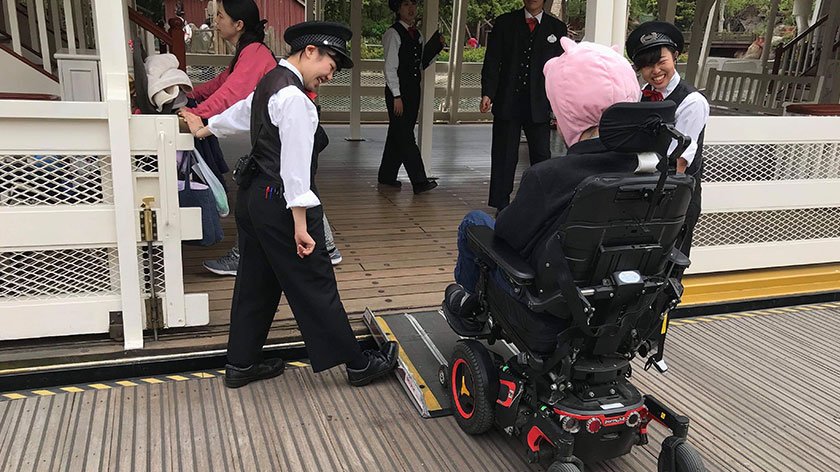
Conclusion
Tokyo Disneyland can be a very enjoyable experience for guests with disabilities, provided they understand park limitations and restrictions ahead of time. Persons with disabilities may enjoy many aspects of the park even if they are unable to board the rides: for instance, the park’s parades, shows, gift shops, and food options.



